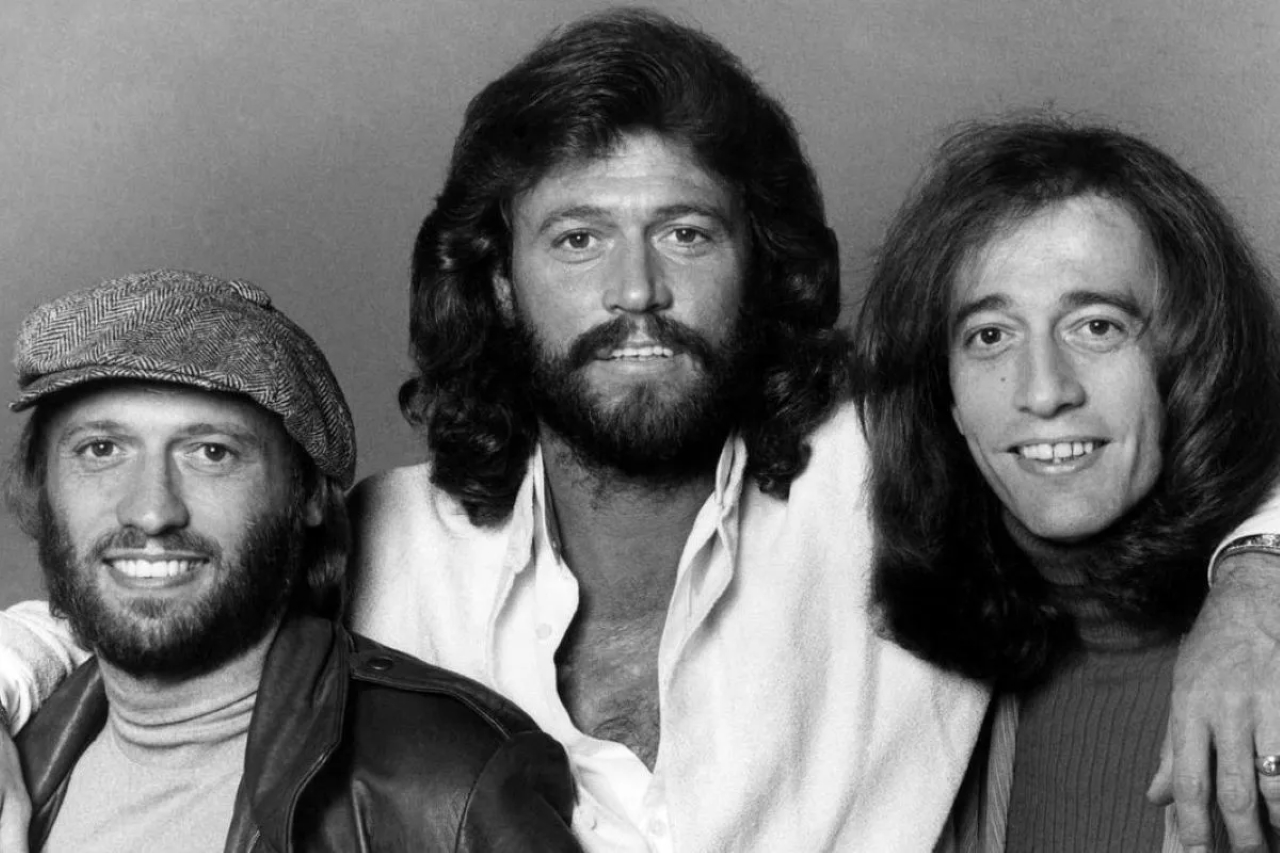🌱 A Song Born in a Transitional Moment
In the summer of 1972, the Bee Gees were living in a strange in-between space. The early era of orchestral pop success — Massachusetts, Words, I Started a Joke — had faded. The disco revolution was still three years away. Their albums were charting respectably, but not spectacularly.
It was a moment of uncertainty.
During this period they began writing softer, more mature love songs. One of those songs was “Run to Me.”
There was no grand plan behind it. Barry sat at the piano, Robin and Maurice joined, and the three brothers did what they did best — harmonize.
The lyrics were simple and earnest, almost lullaby-like:
“Run to me whenever you’re lonely…”
It wasn’t designed to dominate radio. It was designed to comfort.

🎤 Released… And Almost Forgotten
“Run to Me” was released in July 1972. It reached #9 in the UK and #16 in the US — respectful positions, but modest compared to the Bee Gees’ earlier hits.
At the time, critics didn’t pay much attention.
Some reviewers called it “pleasant but unremarkable.”
Others wrote that the song “lacked ambition.”
The Bee Gees themselves moved on quickly, diving into their next projects. There were no dramatic TV performances or international tours built around the song.
It quietly slipped into the back of their catalogue.
💡 But The Fans Didn’t Forget
The years went by. Disco came, exploded, then crashed. Fan favorites like How Deep Is Your Love and Stayin’ Alive carved their places into history.
And yet, behind the big anthems, something interesting was happening.
People began rediscovering “Run to Me.”
At weddings, anniversaries and even funerals, the gentle melody of “Run to Me” began appearing.
It was never the loudest song.
But it was the one people turned to when they needed comfort, tenderness, or a quiet reminder that love still mattered.
Soft-spoken songs age differently — they don’t burn in the moment, they glow slowly over time.
💫 The Hidden Power of the Harmonies
Part of its magic lies in the way the three brothers share the vocal.
Barry opens the song gently, Robin joins in the bridge with his trembling vibrato, and Maurice subtly ties the harmonies together underneath.
By the time the chorus repeats, it feels less like one person singing and more like three voices surrounding you, protecting you.
It’s not dramatic. It’s emotional on a human level.
That’s why later generations began calling it “one of the most comforting love songs ever written.”
🎵 Cover Versions and Rediscovery
In the 1990s and 2000s, younger artists started covering “Run to Me”:
-
Dionne Warwick & Barry Manilow recorded a soft duet version in 2006.
-
Sonia (UK pop singer) had a minor hit with it in the late ’80s.
-
Even Boyzone briefly considered recording it during their Bee Gees tribute sessions.
Each new version brought the song to a new audience — audiences who often had no idea that the original barely cracked the Top 15 back in 1972.
🕊 Why It Matters More Today Than Ever
In a world where so many songs chase attention — louder hooks, faster beats, viral trends — “Run to Me” feels almost radical in its sincerity.
It doesn’t demand anything.
It simply offers comfort.
And comfort is timeless.
Over half a century after its release, the song is more loved than it has ever been. People use it in playlists for their children, play it at memorials, or send it to someone going through a difficult time.
It’s become a cult classic not because it ever went viral…
…but because it never stopped being true.